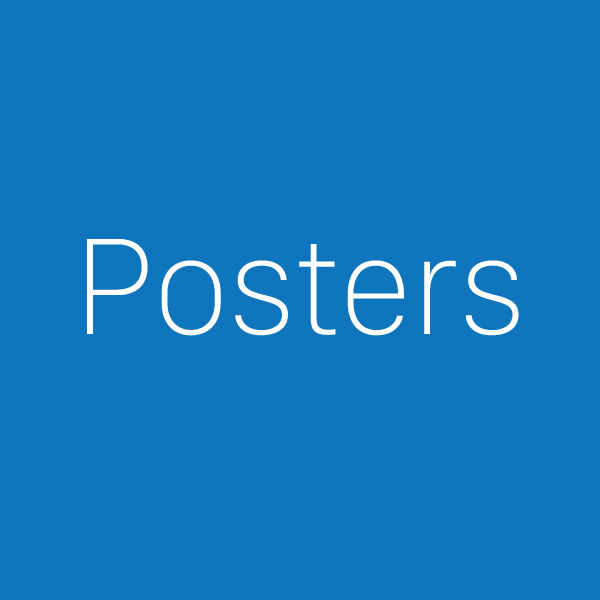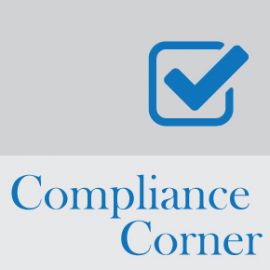Congratulations to Cody Lemmons, DPT, of Austin, TX, and Runner-up Brent M Giacchetti, COTA, of Pueblo, CO on winning our SPARC Awards! Read their winning essays below!
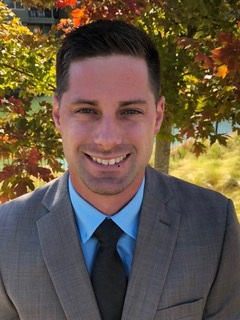 Essay by Cody Lemmons, DPT, University of St. Augustine, Austin, TX, Grad Date: 8/23/19
Essay by Cody Lemmons, DPT, University of St. Augustine, Austin, TX, Grad Date: 8/23/19
A spark can be defined physically as transferal of energy or symbolically as “a new beginning” or “hope”. Therefore, it is crucial that every physical therapist embed themselves with a spark to change each of our patient’s lives. In a world infiltrated with pessimism, deceit, poverty and carelessness, we very well maybe the only ignition to provide meaning and purpose to our patients. Patients come from many walks of life, various generations and cultures with a multitude of diagnoses who desperately need the hope, faith and spark that therapists can provide. While I come from the lens of a physical therapist and athletic trainer specifically, every patient can benefit from a multidisciplinary team of professionals in order to produce physiological and psychological change.
This past Spring, I was blessed to be given the opportunity to travel abroad to underdeveloped regions of Guatemala City, Guatemala in order to provide physical therapy and general medical services. I remain humble while writing about this heartwarming and rewarding experience to share my spark with many individuals that have lived their entire lives without hope or motivation. The primary goals and mission were to teach others about general health conditions, educate the community with exercise prescription/benefits, train other medical professionals and provide medical advice/treatment daily to those with no access to healthcare. My experience in Guatemala was to say the least the most humbling and enlightening adventure of my life. I aspire to return that same experience to my patients wherever I practice in the future. My goal is to restore hope, faith, life, meaning and spark to patients that otherwise wandered from their path by providing education, training, treatment and habitual change to carry on long past discharge.
Clinically, my journey has taken me around the states and abroad to learn from mentors and professionals, share my knowledge and skills, and gain experience with patient care. My journey began about 10 years ago when my undergraduate assignment prior to graduation was held at an inpatient rehabilitation hospital. Then, it was uncertain where my career path would take me; however, at the end of that rotation, I knew that I enjoyed patient care and improved their lives and “human experience”. While attending this rotation, I also had the privilege of working with sports medicine professionals at the local college in which I developed much of my patient and hands-on skills with emergency medicine and orthopedics. To this point, I was involved with the medical management, treatment and physical therapy to one of my classmates and football athlete that suffered a severe SCI. I was fortunate to work with him for the duration of his inpatient rehabilitation and witnessed the power of therapy and “spark” that allowed him to walk and enjoy life with his family again. He now travels to give motivational speeches and involved with the Fellowship of Christian Athletes to share his story and provide that spark.
I continued my education to become an athletic trainer and assisted with physicians in office treating a myriad of patient populations. In many ways my duties included patient care and education but did not feel that was my purpose. Patients were effectively treated but often returned for recurrent treatment in order to improve their quality of life short term. In some cases, these recurrent in-office treatments were warranted as options were limited; however, a majority of patients could have simply required the self-management education for their injuries. I decided that further education was warranted to be able to share my knowledge and skills to improve my patients’ quality of life.
I am currently beginning my final year of physical therapy school and had the privilege to attend a skilled nursing facility for my initial rotation. I had the pleasure of seeing patients admitted in our facility with severe functional decline and discharged with modified independence with all ADLs. Many of our patients often felt hopeless, helpless and without direction. My mentor and I not only provided essential physical therapy with enthusiasm but also education/training that could be used long after discharge. Patients often discharged with new life goals, new skills and friends/support that could provide a path to better quality of life and return to share their knowledge one day.
I have been blessed with so many opportunities, experiences, knowledge, mentors, students, peers, family and support in order to become a strong future clinician. These experiences have provided a strong foundation and will create opportunities to grow as a professional and person. Although my schooling is nearing its end, my learning is ceaseless. I hope that I can provide the same knowledge, skills, opportunities, foundation and “spark” that so many have given me and change every patient’s life one step at a time.
Essay by Brent M Giacchetti, COTA, Pueblo Community College, Pueblo, CO, Grad Date: 5/1/19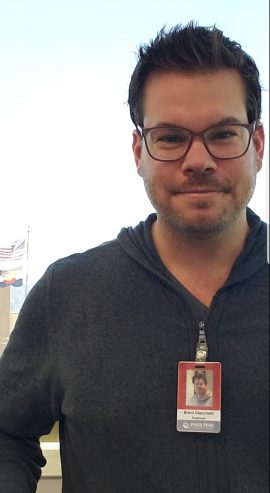
I am writing to you to apply for the Spark Scholarship. It has taken me many years of my life in and out of college, traveling the world, volunteering, and working many different seasonal jobs to realize my calling is where I am currently at in the Occupational Therapy Assistant Program. I look forward to doing so many things as a Certified Occupational Therapy Assistant (COTA) to give back to the community here in Pueblo or Colorado Springs, CO.
After passing my National Exam I will work part-time and plan to return to Pueblo Community College for their Nursing or Radiology Tech program. With these Associates degrees I will have the means to work abroad and improve health conditions of under privileged communities with disabilities. I would love to go back to India, return to the Himalaya’s and live there for a few years, and network through my Catholic Priest friends to be of assistance in small mountain towns where a COTA/RT/RN is needed. Using this experience from being in the mountains it will be enriching and humbling to bring those experiences back to Colorado and integrate more yoga and meditation into therapies with children and adults so they have behavioral coping mechanisms through Heavy Work yoga motions and breathing. I think it would be extremely beneficial to those in the school systems so as a whole, these holistic approaches with evidence based research and practice could bring more peace to the kids and faculty as a whole. With the success of this kind of program, it would be implemented into the routine of the teachers to do this for children, since many are sitting all day for hours in a chair, would decrease joint and ligament stress from repetitive motion fatigue and make school increasingly fun through movements that are silly, fun, and relaxing.
As I have lived my adult life in poverty and continually struggle in school due to a learning disability, it is increasingly challenging to make ends meet. I have taken to being a homeless student out of my Subaru Forester. It would be nice to lift myself out of this homelessness to afford some comforts, pay off school loans and credit card debt that have accumulated trying to complete my formal education over the past many years. Working part-time for Pikes Peak Community College as a Pre-Nursing tutor helps me manage my finances some, though the real financial support is from loans, grants and scholarships to make car payments, pay for insurance, and food. Starting Spring 2019 in January, I will have to let go of working due to the intensity and long hours of school and with clinical field work. With your generous support it will help me stay afloat from the concerns of financial instability. I appreciate your time, and I thank you for reading this.
Warm Regards!

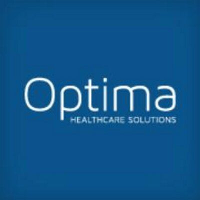
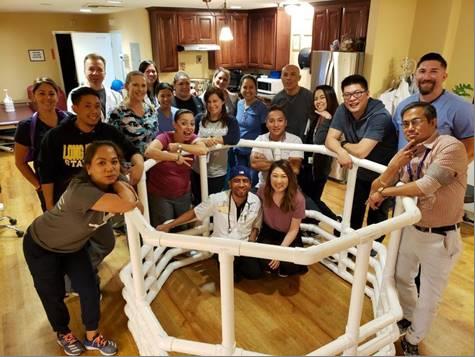
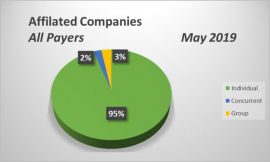
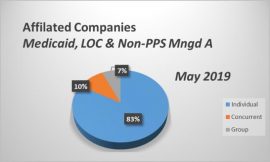



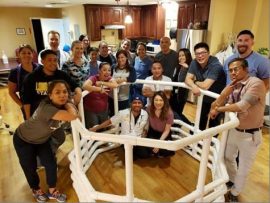
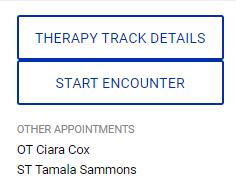

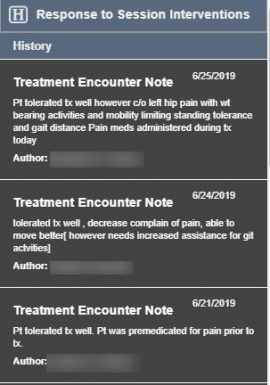

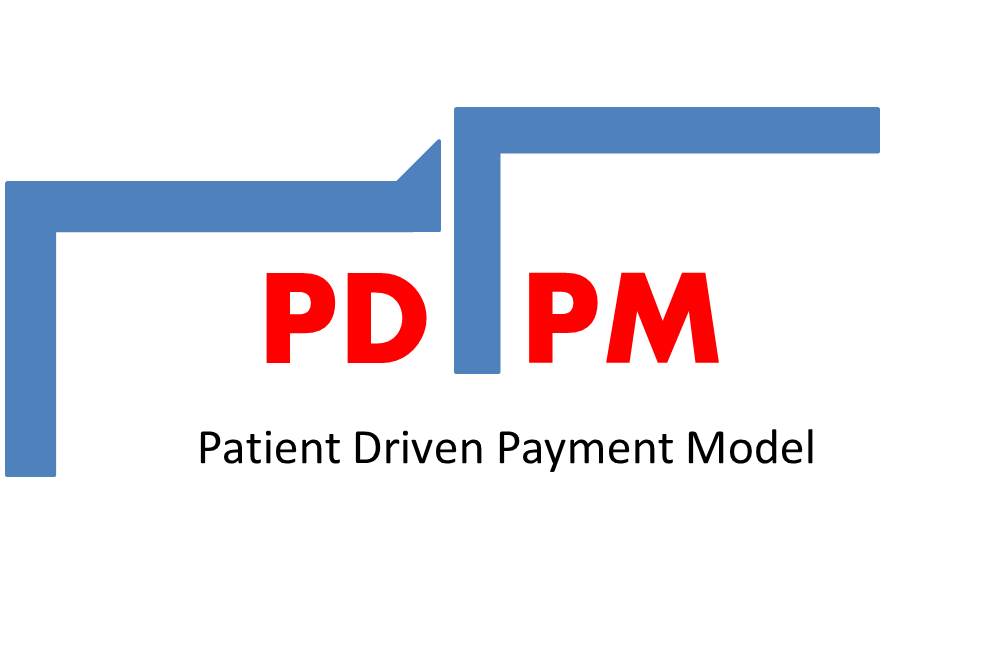
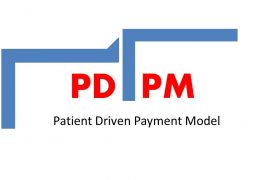 Deciding the Principle Medical Diagnosis, By Lori O’Hara, MA, CCC-SLP
Deciding the Principle Medical Diagnosis, By Lori O’Hara, MA, CCC-SLP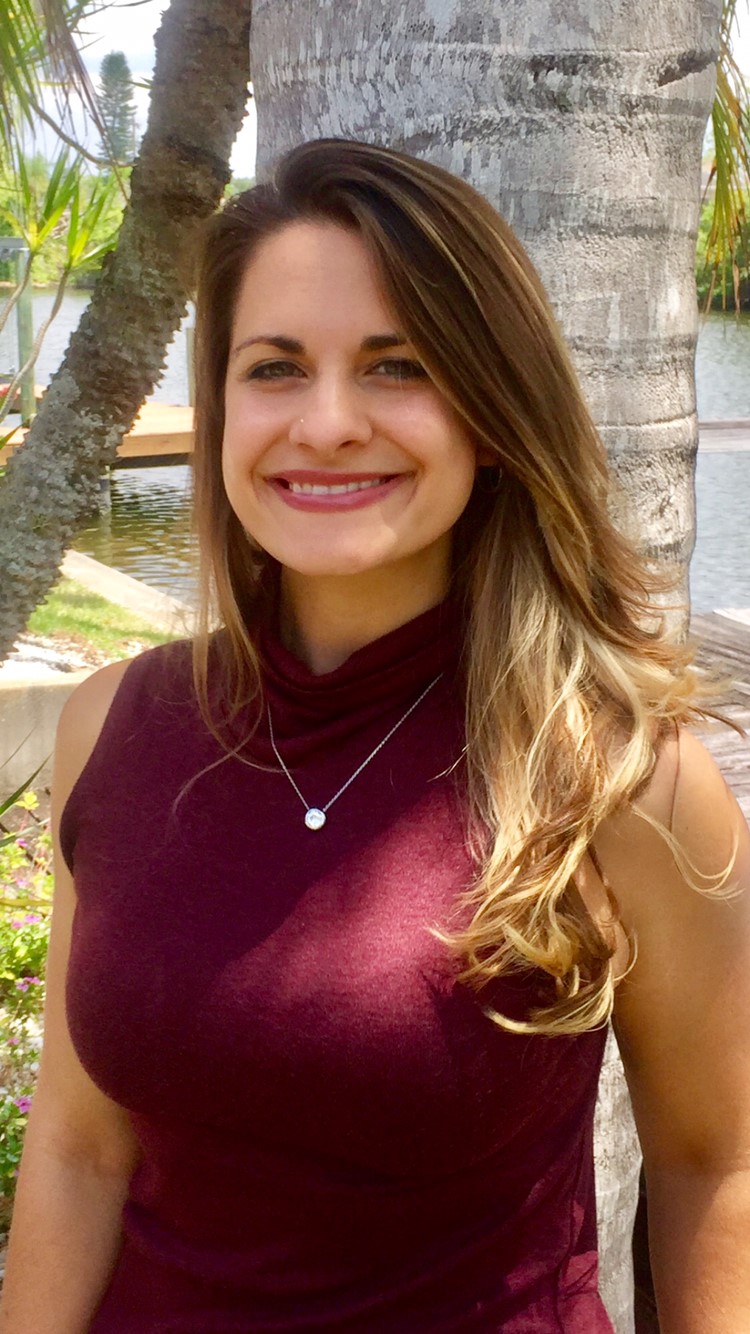
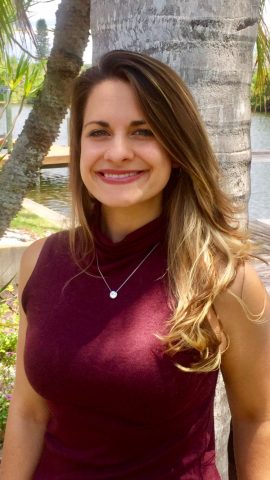 world of greater creativity, compassion, and empathy, and strive to embody these traits in order to help others live happier, healthier lives.
world of greater creativity, compassion, and empathy, and strive to embody these traits in order to help others live happier, healthier lives.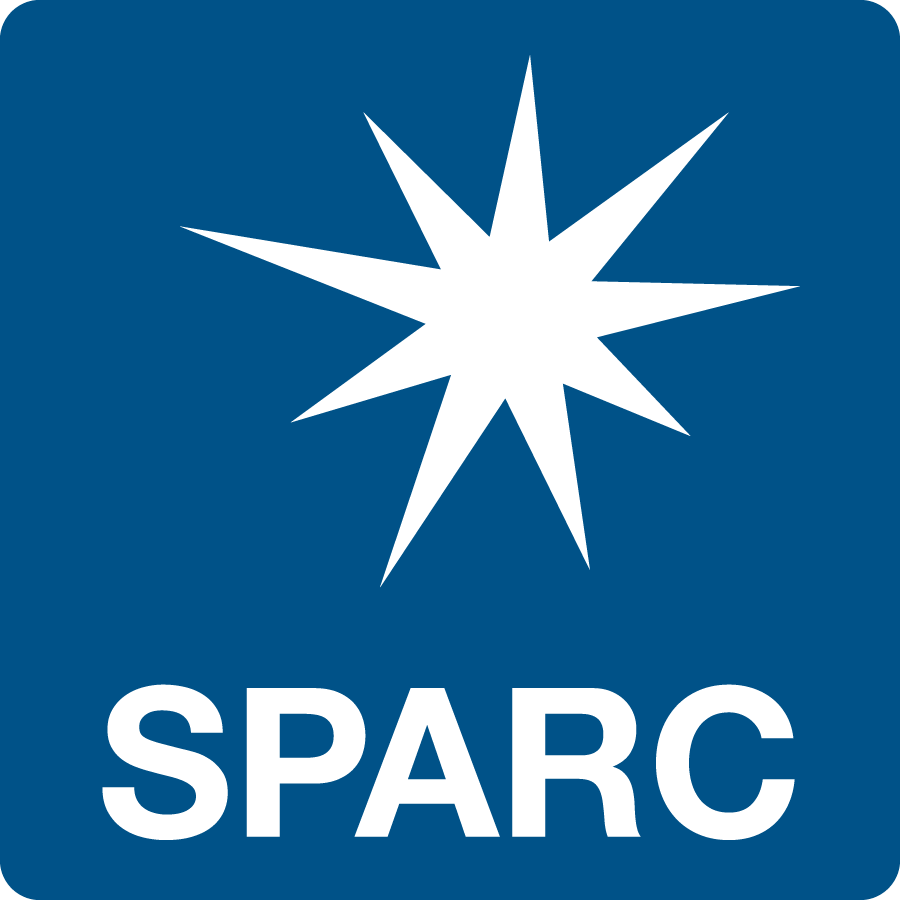
 Essay by Cody Lemmons, DPT, University of St. Augustine, Austin, TX, Grad Date: 8/23/19
Essay by Cody Lemmons, DPT, University of St. Augustine, Austin, TX, Grad Date: 8/23/19
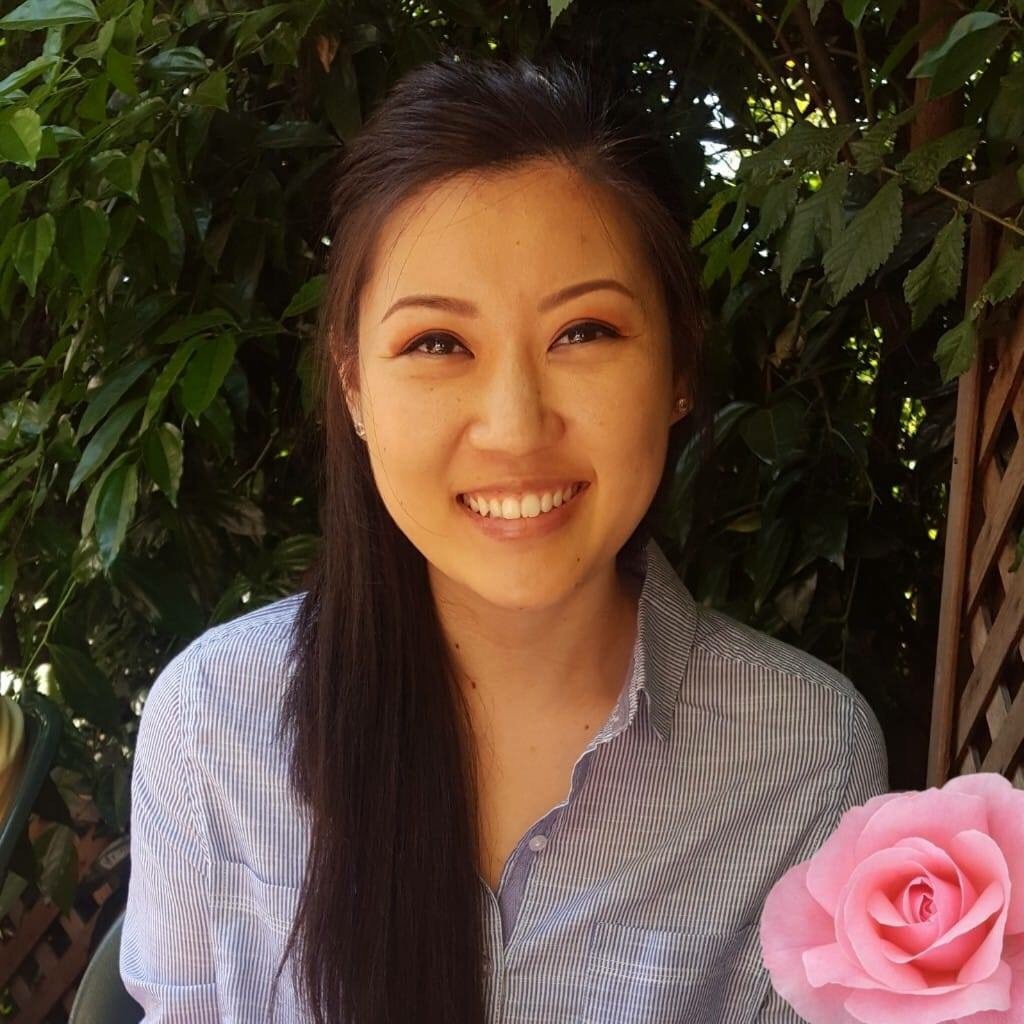
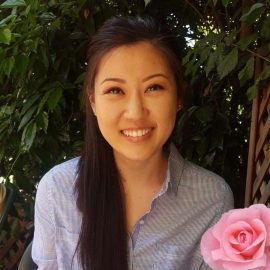 Congratulations to our newest SPARC Award Winner, Jane Song! She is an Occupational Therapy student at Dominican University of California, and plans to graduate in May 2019.
Congratulations to our newest SPARC Award Winner, Jane Song! She is an Occupational Therapy student at Dominican University of California, and plans to graduate in May 2019.